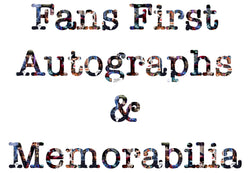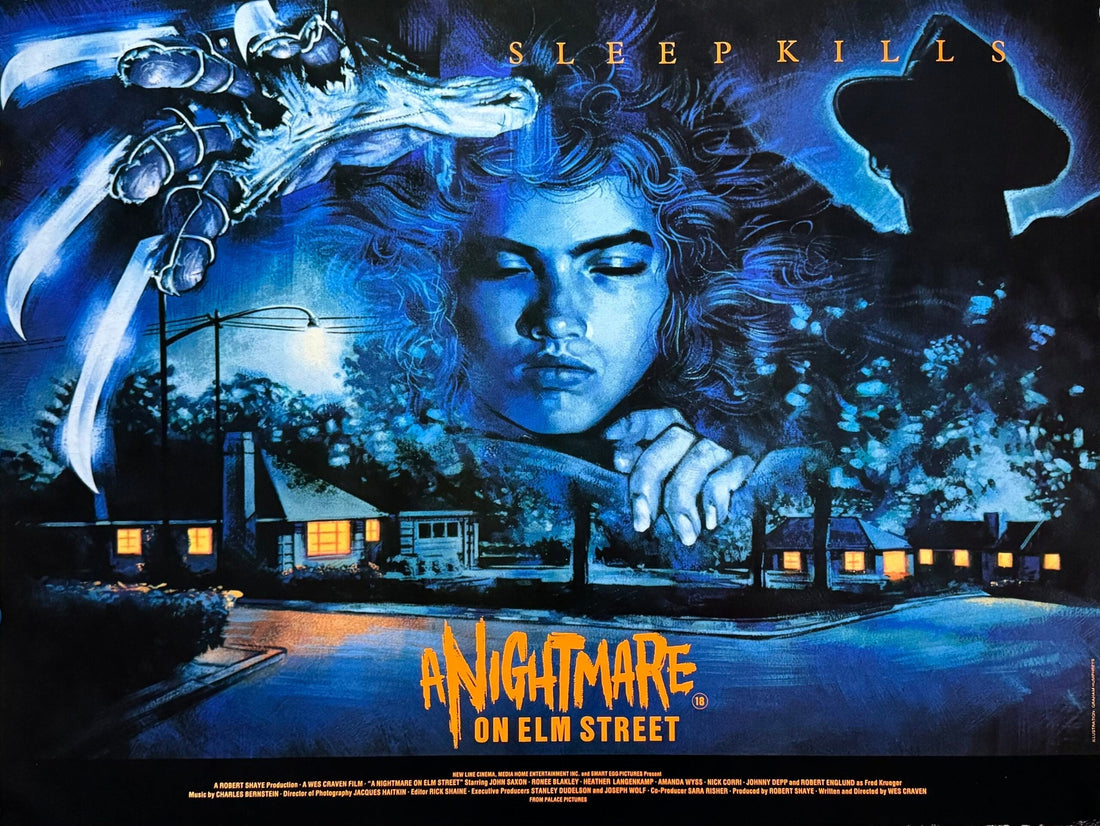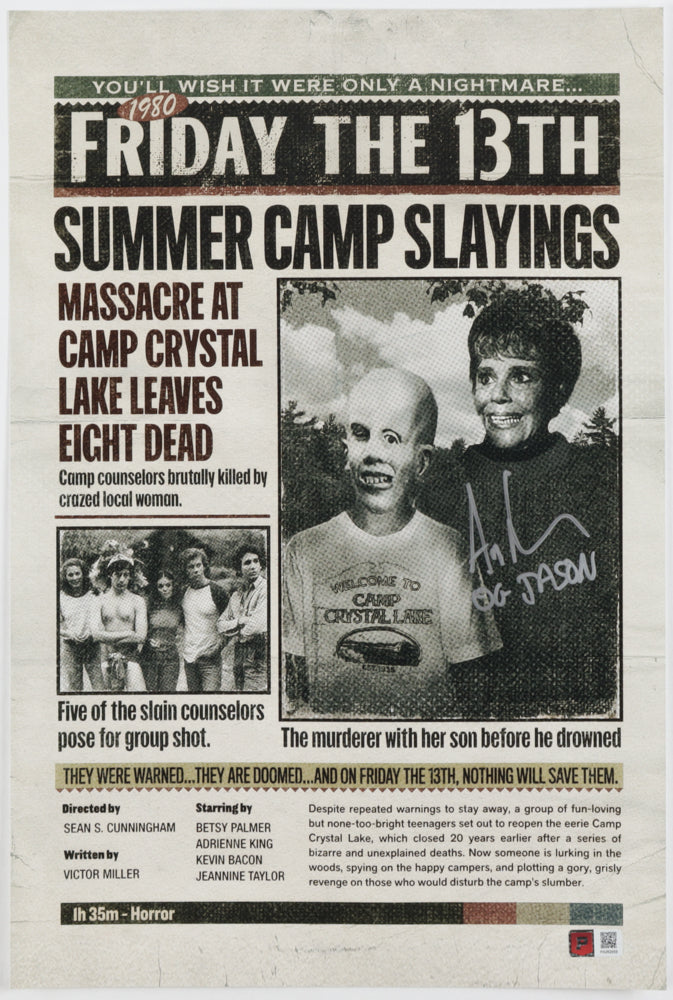🎬 Rewind This Month In Movie History: A Nightmare on Elm Street
Date of Release: 9 November 1984

As we celebrate Robert Englund finally receiving his long-overdue star on the Hollywood Walk of Fame, it’s only fitting to revisit the film that turned him into a horror icon. Released in November 1984 (41 years ago), A Nightmare on Elm Street was the brainchild of legendary filmmaker Wes Craven, a man who reshaped the landscape of modern horror.
Craven drew inspiration from a chilling real-life mystery reported in a 1981 Los Angeles Times article titled “Deaths of Laos Refugees Puzzle Officials.” The story described a series of unexplained deaths among young Southeast Asian refugees who died in their sleep after days of fearing nightmares. One man reportedly stayed awake for nearly a week, terrified that something in his dreams would kill him, only to die the night he finally fell asleep. This haunting case, later linked to a phenomenon called Sudden Unexplained Nocturnal Death Syndrome, became the spark for Freddy Krueger a killer who attacks when his victims close their eyes.
Original 1981 Article (Los Angeles Times)


Behind the Nightmare: Creative Clashes and Conflicts
The film’s biggest creative battle was over the ending. Craven wanted Nancy to conquer her fear and end the nightmare for good, while New Line’s Robert Shaye demanded a final scare to set up sequels. Several endings were filmed, and the version released where Freddy’s hand bursts through the door was a compromise.
Craven hated the final shot, feeling it looked cheap and undercut Nancy’s triumph. Shaye defended it as the perfect hook for a franchise. Craven didn’t have final edit rights, so Shaye’s version prevailed. Although tensions lingered, both later credited each other for creating a horror legacy that would span decades.
Design Origins: The Sweater and Glove
Freddy Krueger’s red-and-green striped sweater wasn’t just a random costume choice. Wes Craven deliberately picked those colors after reading a Scientific American article explaining that red and green are the most clashing hues in the human spectrum a combination that the eye finds difficult to process. He wanted Freddy to literally make audiences uncomfortable just by being on screen. The sweater’s scorched, grimy texture was created by hand-dyeing and distressing the fabric to look as if it had been burned into Freddy’s body.
As for the glove, Craven designed it to be both primal and personal. He wanted Freddy’s weapon to feel homemade something a human could realistically build, rather than a supernatural prop. The idea came when he noticed his cat’s claws scratching a chair, which made him think about the most ancient, animalistic fear of being clawed by a predator. The glove was built from leather and steak-knife blades attached to copper tubing, giving Freddy a distinctive metallic screech and a terrifyingly intimate way to kill his victims. Craven said he wanted it to be “something that could reach out of a dream and touch you.”

Quick Facts
- Currently Streaming On (Australia): Available to rent or buy on Prime Video, Apple TV Store, and YouTube
- Genre: Horror / Slasher
- Starring: Heather Langenkamp, Robert Englund, John Saxon, Amanda Wyss, Johnny Depp
- Director: Wes Craven
- Producers: Robert Shaye
- Production Company: New Line Cinema (famously “The House That Freddy Built”)
- Distributor: New Line Cinema
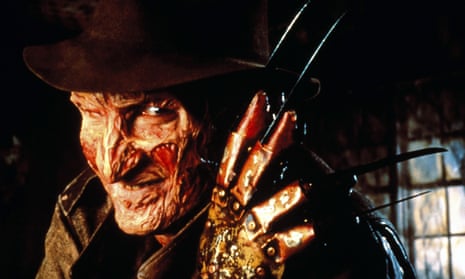
Box Office Performance
- Budget: Approx. US $1.8 million
- Worldwide Box Office: Around US $57 million
- Australia Box Office: US $1,948,213
Fun Fact: The film opened in only 165 U.S. theatres and still became a breakout hit, transforming New Line Cinema into a major studio.
Critical Reception
Average Rating (1984): Praised for its originality and atmosphere, now regarded as one of the greatest horror films ever made.
“A terrifying concept brought to life with imagination and style.” (Positive)
“Occasionally uneven, but unforgettable.” (Negative)
Wes Craven later said he wanted to blur the line between dreams and reality and make audiences question what was real.
.jpg?w=1200&h=675&fit=crop)
Synopsis
In suburban Springwood, a group of teenagers are hunted in their dreams by the disfigured killer Freddy Krueger, who was burned alive by vengeful parents years earlier. As they begin dying in their sleep, Nancy Thompson realises the only way to survive is to face Freddy in her dreams and end his reign of terror.
“Whatever you do, don’t fall asleep.”
Robert Englund Signed "Nightmare on Elm Street" now in stock
🎭 Performances
Heather Langenkamp (Nancy Thompson): Smart, strong, and resourceful, delivering one of horror’s most iconic “final girl” performances.
- Positive review: “Langenkamp makes a plucky, believable heroine, giving the film a human heart amid the surreal horror.” - Variety (1984)
- Negative review: “Her performance is appealing but occasionally stilted, especially in dialogue-heavy scenes.” - The Washington Post (1984)
Robert Englund (Freddy Krueger): Instantly iconic, blending menace with grim humour and redefining what a cinematic monster could be.
- Positive review: “Englund’s Freddy is an unforgettable creation, a villain so gleeful in his cruelty that you almost root for him.” - Los Angeles Times (1984)
- Negative review: “The character’s theatrical flair borders on camp, undercutting the menace.” - Chicago Tribune (1984)
Johnny Depp (Glen Lantz): In his film debut, Depp plays the sweet, slightly clueless boyfriend whose infamous “blood geyser” death scene became one of horror’s most shocking moments. His natural presence hinted at the star power to come.
- Positive review: “Depp brings an easy charm and authenticity that makes his shocking death all the more jarring.” - Boston Globe (1984)
- Negative review: “He’s likable but largely forgettable, a handsome placeholder for Craven’s inventive gore.” - Philadelphia Inquirer (1984)
Amanda Wyss (Tina Gray): As Nancy’s best friend and Freddy’s first on-screen victim, Wyss gives a vulnerable and visceral performance that sets the tone for the film’s terror. Her ceiling death remains one of the most striking kills in horror history.
- Positive review: “Wyss sells the terror brilliantly, her nightmare sequence is as gut-wrenching as anything in the film.”- Fangoria (1984)
- Negative review: “Her early exit makes it hard to fully invest in her character beyond shock value.” - Film Comment (1984)
John Saxon (Lt. Don Thompson): Grounded and authoritative as Nancy’s father, adding a sense of realism to the chaos.
- Positive review: “Saxon lends the movie gravitas, anchoring the teen horror with a weary, believable presence.” - New York Times (1984)
- Negative review: “He seems adrift in the dream logic, giving a performance that feels detached.” - Village Voice (1984)
What Audiences Loved
The eerie concept of being unsafe even in your dreams, Craven’s surreal visual style, and Freddy’s unforgettable design, striped sweater, fedora, and clawed glove.
What Divided
Some viewers found the violence excessive or the pacing uneven. Craven got the idea for Freddy’s glove after seeing a cat’s claws scratch metal.
Ari Lehman signed Firday the 13th Newspaper 12x18 now in stock
Legacy Score
Then vs. Now: From a modest independent production to a genre-defining classic that shaped horror for generations.
Heather Langenkamp later recalled seeing Englund in full makeup for the first time as “totally frightening.” Wes Craven described the story as a reflection of teenage guilt, fear, and vulnerability.
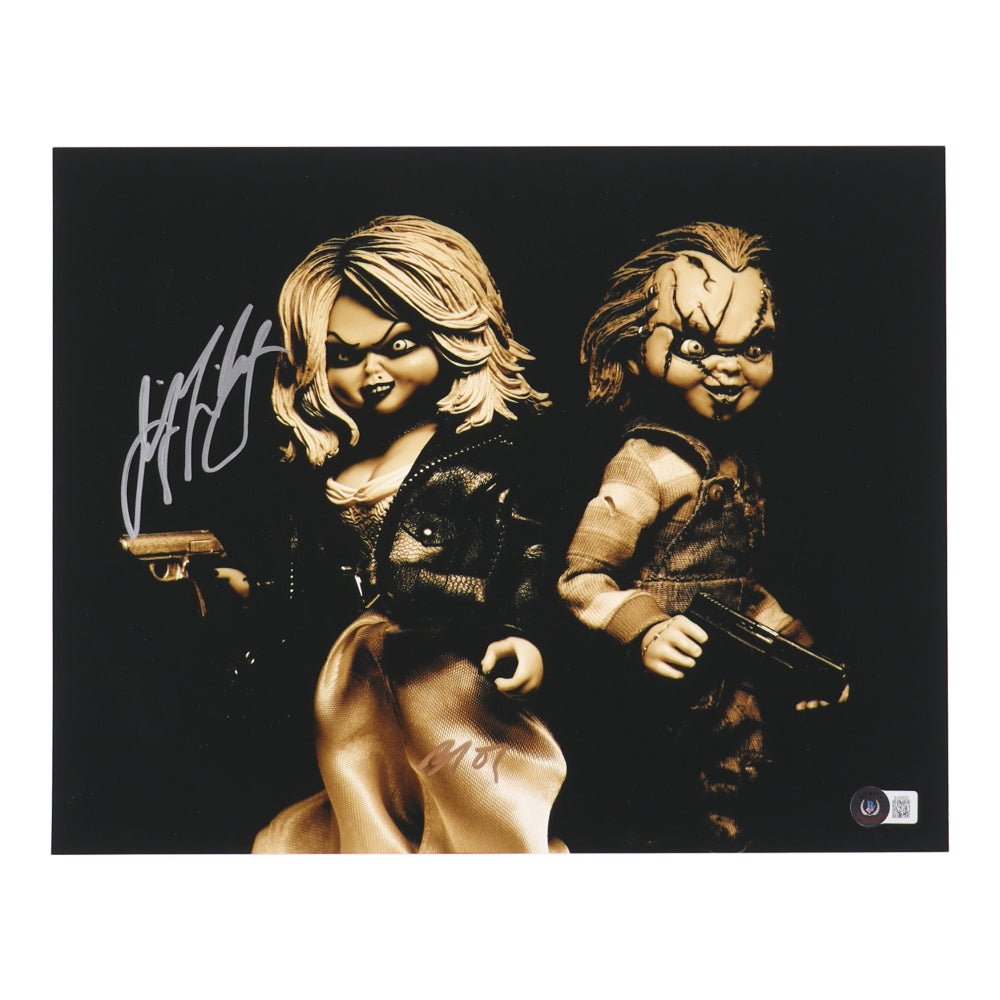 Jennifer Tilly & Brad Dourif Signed "Chucky"now in stock
Jennifer Tilly & Brad Dourif Signed "Chucky"now in stock
Behind the Scenes
Fun Facts – Making Of
- Shot on a shoestring budget with creative, practical effects.
- The bathtub scene used a submerged platform for Freddy’s glove to rise through the water.
- Johnny Depp made his film debut as Nancy’s boyfriend, Glen.
- The film’s success saved New Line Cinema from bankruptcy.
- Dream sequences were filmed with tilted sets and surreal lighting to mimic nightmares.
Fun Facts – Cast
- Heather Langenkamp’s dance background helped her perform physically demanding dream sequences.
- Robert Englund improvised many of Freddy’s gestures and creepy tone.
- Amanda Wyss’s ceiling death scene was shot in a rotating set.
- John Saxon brought veteran gravitas to the young cast.
- The eerie skipping-rope rhyme (“One, two, Freddy’s coming for you…”) was written by Craven’s daughter.
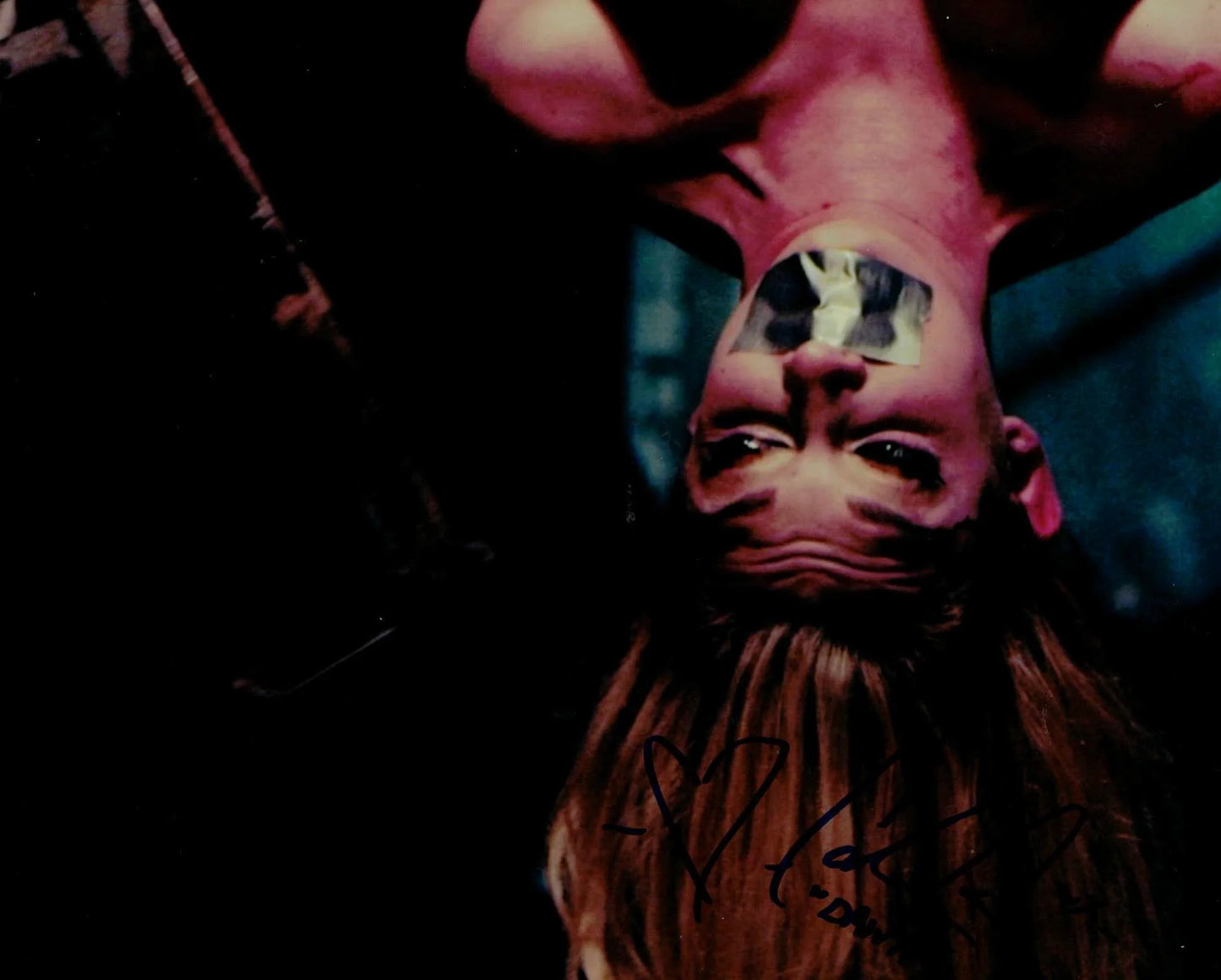 Catherine Corcoran signed Terrifier now in stock
Catherine Corcoran signed Terrifier now in stock
Makeup & Method
Robert Englund’s Freddy makeup took three to four hours to apply each day, using layers of latex and prosthetics inspired by melted wax and pizza textures. He wore the full look for up to 16 hours on hot sets, often staying in character to maintain Freddy’s menace.
The process separated him from the younger cast, who were genuinely unnerved seeing him in full makeup. Wes Craven encouraged this distance to make their fear authentic. Englund later said he “felt like an outsider,” which helped him embody Freddy’s sinister, otherworldly energy.
Other On-Set Conflicts and Challenges
- Budget Pressure: The low budget forced constant improvisation. Some scenes were filmed guerrilla-style without permits.
- Special Effects Chaos: The “blood geyser” scene nearly short-circuited equipment when fake blood flooded the set.
- Casting Debates: Craven wanted a silent, monstrous Freddy, while Shaye pushed for Englund’s expressive performance.
- Tone Disagreements: Craven sought psychological horror; Shaye wanted a repeatable slasher franchise. The final film struck a balance that defined the series.
Pop Culture Impact
Freddy Krueger became one of cinema’s most recognisable villains, inspiring countless parodies, Halloween costumes, and pop-culture references. The film launched an enduring franchise including sequels, a crossover (Freddy vs. Jason), a 2010 remake, and even a TV series. It redefined the slasher genre by blending supernatural terror with psychological dread.
